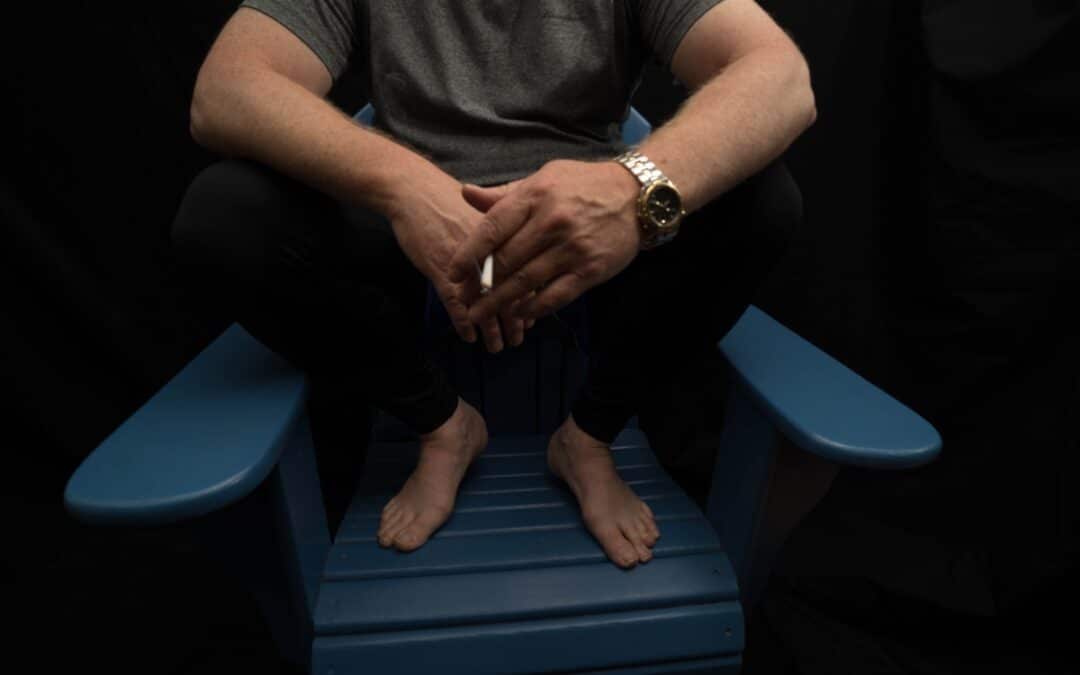All forms of exercise, particularly the very intense ones, create small tears in your muscles. During the healing process, the body automatically makes the new version bigger and more powerful. Therefore, contrary to what you might think, you are getting stronger when you rest, not while working out. But how can cannabis and THC, in particular, help this natural process?
If you’ve ever spent time in a gym or a fitness club, chances are you’ve already heard a coach repeat the adage: “recovery is just as important as the workout.” Although sometimes, this simple principle is violated by all-too-zealous athletes who keep pushing themselves, it is definitely one of the essential parts of a healthy life.
Does Cannabis Help With Workout Recovery?
According to a 2016 American Journal of Addictions report, marijuana was the second most widespread drug used among athletes. While THC and CBD can’t help increase performance levels, they can alleviate muscle soreness and spasms that often follow intense workouts.
But how exactly cannabis works when ingested? Long story short, cannabis contains hundreds of compounds called cannabinoids that interact with the body’s endocannabinoid system. The two most prevalent ones are THC and CBD.
THC is infamous for its psychoactive effects (it is the one that makes you high), but it is also what makes your eyes red after you smoke weed. But did you ever wonder why? The reason for that is that THC is a vasodilator, meaning it causes blood vessels to expand and increases blood flow through them.
It is the very same effect that has the potential to make THC valuable to athletes: the more blood passing through the muscles, the quicker they recover and get oxygenated. In addition, THC can reduce the sensation of pain and inflammation that come with delayed onset muscle soreness (DOMS) after an intense workout session.
When is it a Good Idea to Use THC After Workouts?
It is important to note that THC, the main psychoactive component of cannabis, can be psychoactive and impair one’s ability to focus. THC can also increase heart rate and cause dehydration, which can be dangerous for athletes. For this reason, it is best to avoid using THC directly after a workout.
It is best to use cannabis for exercise recovery at least an hour after a workout. This will give the body time to cool down and metabolize THC. This will also give the athlete time to relax and focus on recovery.
How To Ingest THC For Best Results?
Smoking is always an option, but it is not recommended for athletes. Even if you’re not using tobacco, the combustion residue is still harmful to the lungs. On the other hand, edibles are not a great option either because they kick in unexpectedly, and they kick in hard!
Therefore, vaping cannabis flowers might be the perfect middle ground between getting an immediate effect and controlling your dosage. Make sure to be in a safe environment and that your toking session doesn’t interfere with the most crucial part of a healthy lifestyle: sleep!
Conclusion
In conclusion, cannabis can help aid exercise recovery. It can help reduce pain and inflammation, reduce stress levels, and promote muscle healing. When using cannabis for exercise recovery, it is best to avoid using THC directly after a workout, but instead, wait until you get home or in a safe environment. After all, THC is still psychoactive. It is essential to consult with a physician before using any cannabis-based products.

 Accessories
Accessories Apparel
Apparel Edibles
Edibles Concentrates
Concentrates Flower
Flower Oil Cartridges
Oil Cartridges Pre-rolls
Pre-rolls Tinctures
Tinctures Topicals
Topicals